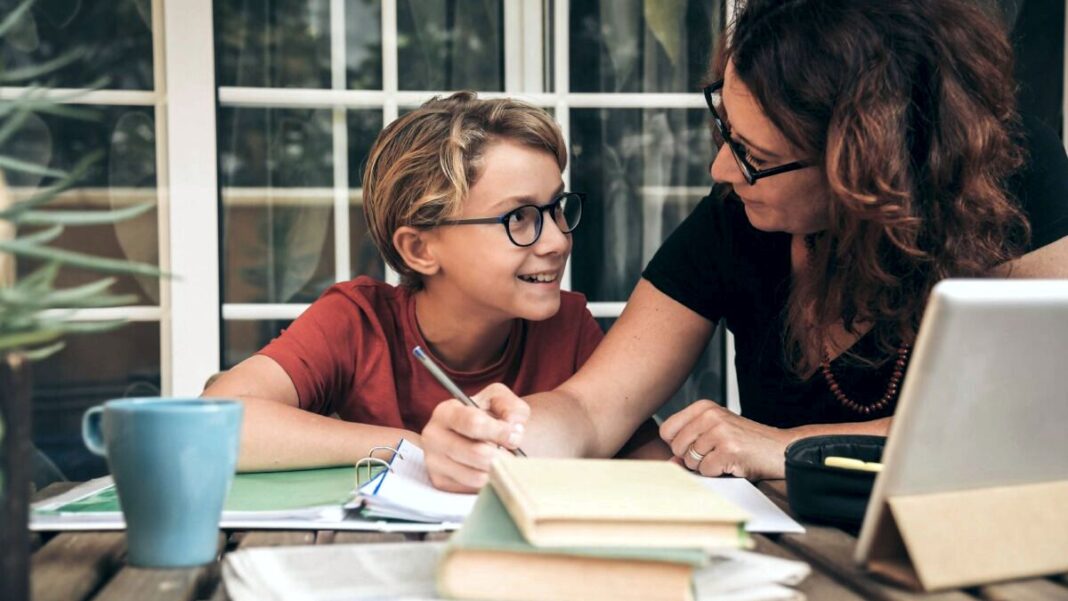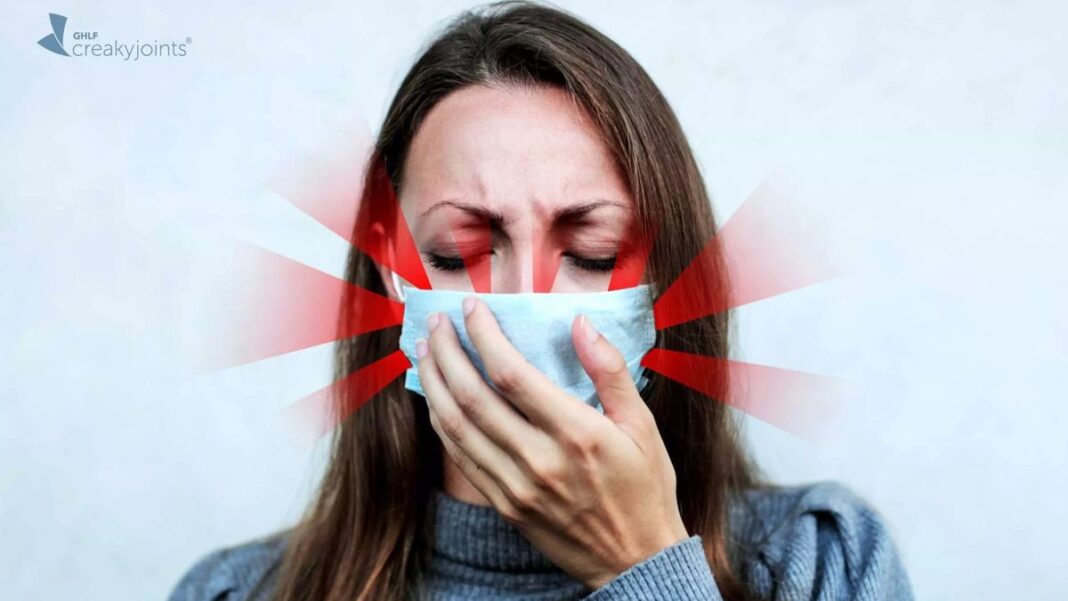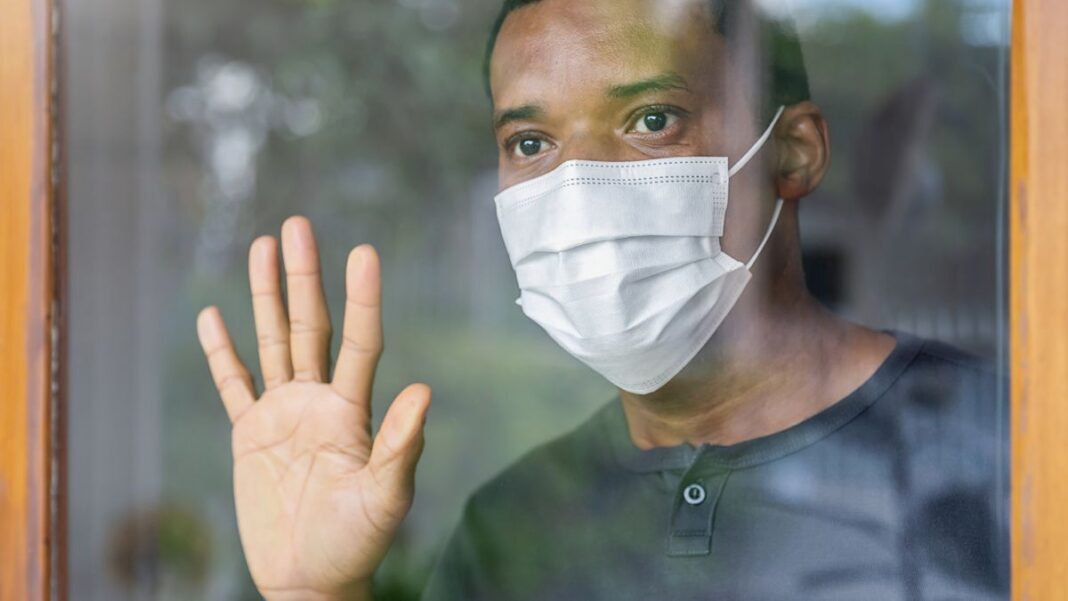
The romantic image of a one-room schoolhouse nestled on the midwestern prairie has in its modern equivalent today’s micro-school, or “pandemic pod.”
Born amid the COVID-19 pandemic, minimalist by design, their founders say these mini-schools may be small in size but they’re large in curriculum scope, offering individualized instruction in a safe, politics-free environment.
“A micro-school takes the best of different educational formats and brings them together,” said Corey Owens, spokesperson for Prenda micro-schools in Arizona.
“In groups of five to 10 students led by a guide, learners engage with a personalized, adaptable curriculum, while getting healthy social interaction and opportunities to learn from one another,” Owens said.
The first Prenda micro-school opened in Arizona in 2018 with seven students.
Four years later the organization operates micro-schools in hundreds of communities in a dozen states with more than 3,000 students, 300 guides, and nine school partners that include both charter schools and community groups.
“From our vantage point the interest in micro-schools transcends politics and geographics,” said Owens, who attributed the phenomenal growth in micro-schools to parents who are looking for an educational setting that “lets their child develop a love of learning.”
“We’ve seen kids that have struggled with bullying, kids that were having trouble keeping up, and kids that excelled but [who] were bored but thrive in a micro-school environment,” Owens told The Epoch Times.
“I think the more parents demand these different options, the more you’ll see public and private schools responding. Parents know what’s best for their kids. I think parents are right: no one knows their child better than them.”
Adamo Education is another Arizona micro-school veteran educator Tamara Becker launched in January 2021 during the height of the pandemic, when micro-schools started spreading like “wildfire.”
“Parents are not satisfied” with public education models, Becker told The Epoch Times. “They’re not happy with their kids in classrooms of 25 to 30 [students]. They’re looking for an environment that is safer.”
Adamo Education meets the needs of its students through a combination of traditional, digital, and at-home learning opportunities with certified teachers in grades K-8, she said.
“My program is different in that I only use certified teachers,” Becker said. “The power and the role of the teacher is so key,” as is the goal of helping students “fall in love” with education.
By Allan Stein








